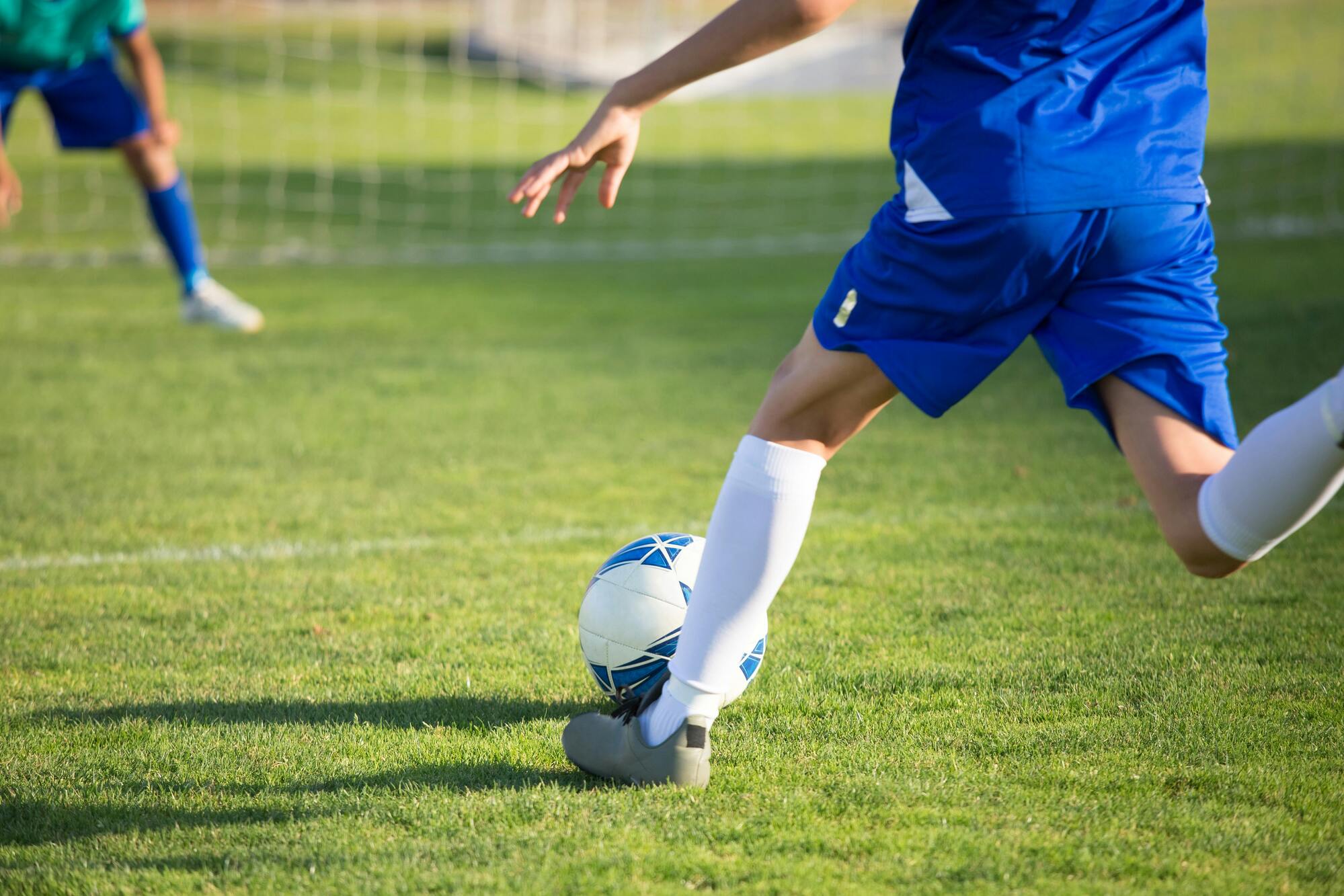Football is a high-impact sport that often leads to injuries, particularly sprained ankles and muscle strains. These injuries can sideline players for weeks, affecting both their performance and team dynamics. Low-Level Laser Therapy (LLLT) offers a promising solution for football players aiming to speed up recovery and reduce pain without invasive treatments or reliance on medications. Here’s how laser therapy can support recovery from common football injuries.
Sprained Ankles: Accelerating Healing with LLLT
A sprained ankle, one of the most common football injuries, occurs when ligaments in the ankle are overstretched or torn. This injury typically results in pain, swelling, and limited mobility, often requiring extensive rest and rehabilitation. Low-Level Laser Therapy can be highly effective in treating ankle sprains by:
- Reducing Inflammation and Swelling: The light energy from LLLT penetrates the tissues around the ankle, reducing inflammation and minimizing swelling. This alleviates pressure on the nerves, decreasing pain and enhancing mobility.
- Promoting Cellular Repair: By stimulating mitochondria within cells, laser therapy increases ATP production, providing the energy necessary for tissue repair and regeneration. This accelerates healing of damaged ligaments and surrounding tissues.
- Enhancing Blood Flow: LLLT stimulates the production of nitric oxide, a molecule responsible for vasodilation (widening of blood vessels). Improved blood flow to the ankle ensures that tissues receive the oxygen and nutrients needed for repair, while also removing waste products that can slow healing.
With regular laser therapy sessions, players can often reduce their recovery time and return to the field more quickly, restoring ankle stability and flexibility.
Muscle Strains: Supporting Recovery and Reducing Pain
Football players are prone to muscle strains in the legs, including the hamstrings, quadriceps, and calf muscles. These strains, caused by overstretching or tearing of muscle fibers, are painful and can impact a player’s running, kicking, and overall agility. LLLT offers significant benefits for muscle strain recovery by:
- Increasing Muscle Repair and Regeneration: The targeted light from LLLT enhances protein synthesis and cell proliferation within muscle tissues, promoting faster healing and reducing the risk of re-injury.
- Reducing Pain and Muscle Spasms: LLLT can modulate nerve sensitivity, reducing pain perception in the affected area. This makes it easier for players to perform gentle exercises and rehabilitation, which are critical for full recovery.
- Decreasing Inflammation: By modulating pro-inflammatory cytokines, laser therapy lowers the inflammatory response in strained muscles. This helps reduce pain, prevent further tissue damage, and improve overall muscle function.
Regular LLLT sessions after a muscle strain can significantly shorten downtime and enable a more effective return to play, keeping players strong and ready for the season.
The Benefits of Laser Therapy for Football Players
Low-Level Laser Therapy provides a non-invasive, drug-free approach to managing and recovering from football injuries. Its ability to reduce inflammation, enhance cellular repair, and alleviate pain makes it ideal for athletes who want to accelerate their recovery and minimise time away from the game. In addition, laser therapy can also be used as a preventive measure, strengthening soft tissues and reducing the risk of recurrent injuries.
To support a comprehensive injury prevention strategy, consider integrating FIFA’s recommended warm-up routines into your training. These exercises help reduce injury risk and can be a great supplement to the healing benefits of LLLT. Learn more about effective warm-up routines from the FIFA Injury Prevention Guide.
For football players recovering from injuries, laser therapy offers a powerful solution to promote faster healing, safer rehabilitation, and an optimised return to play.
